The next issue of Synchronized Chaos Magazine will come out on April 5th.
Category Archives: CHAOS
Announcement
The next issue of Synchronized Chaos Magazine will come out on April 5th.
If you’re in the Los Angeles area, please come see us at Chevalier’s Books on Saturday, March 29th at 6pm!
Synchronized Chaos’ Second March Issue: Sanity Break
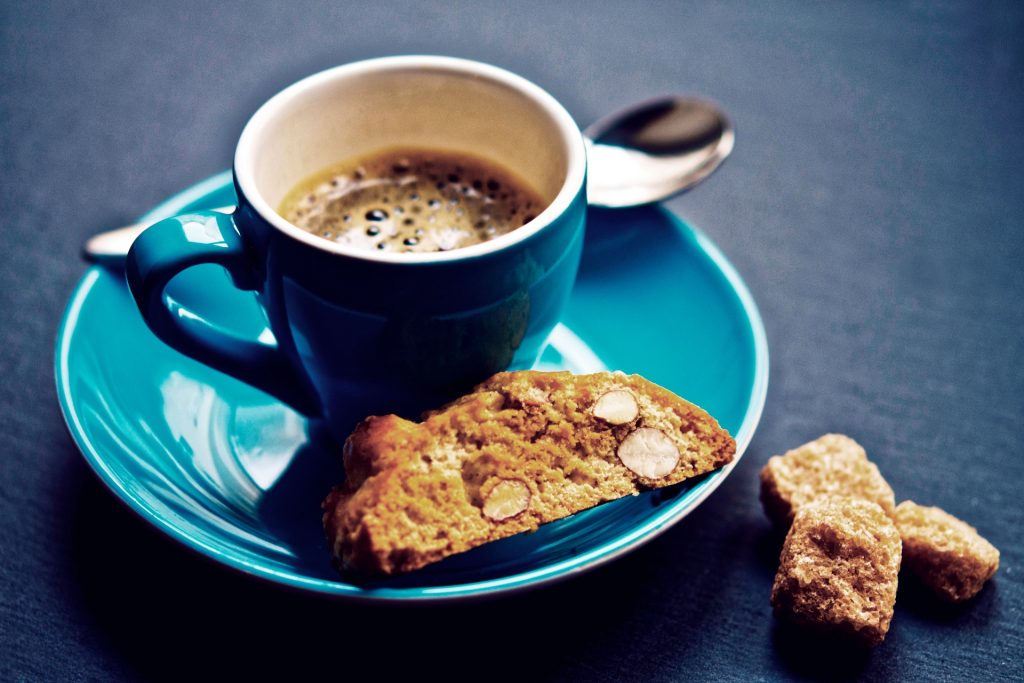
In March we will have a presence at the Association of Writing Programs conference in L.A. which will include an offsite reading at Chevalier’s Books on Saturday, March 29th at 6 pm. All are welcome to attend!
So far the lineup for our reading includes Asha Dore, Douglas Cole, Scott Ferry, Linda Michel-Cassidy, Aimee Suzara, Reverie Fey, Ava Homa, Michelle Gonzalez, Terry Tierney, Anisa Rahim, Katrina Byrd, and Cindy Rinne.
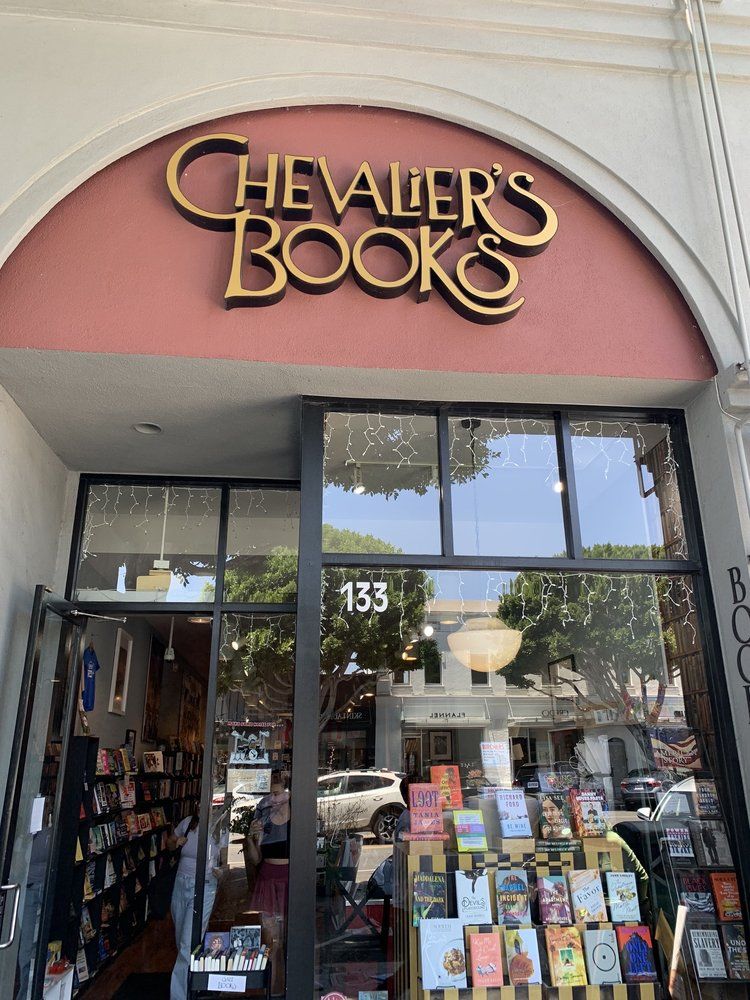
Author Justin Hamm is hosting a FREE online literary event the weekend of AWP, known as StayWP. This will include author talks, informative panels, book launches and networking!
To register, please click here: https://docs.google.com/…/1FAIpQLSe0jqgxfQn…/viewform…

Poet and essayist Abigail George, whom we’ve published many times, shares the fundraiser her book’s press has created for her. She’s seeking contributions for office supplies and resources to be able to serve as a speaker and advocate for others who have experienced trauma or deal with mental health issues.
Also, the Educational Bookshop in Jerusalem, a store that has the mission of peaceful dialogue and education, invites readers to donate new or gently used books (all genres) that have been meaningful to them, with a note enclosed for future readers about why the books were meaningful. (The books don’t have to be about peace or social justice or the Mideast, although they can be). Please send books here. US-based Interlink Publishing has also started a GoFundMe for the store.
Eva Petropoulou Lianou shares the Dylan Thomas poetry contest and her own poetry launched off to the Moon on the Artemis mission as part of a collection.
A new book, Poetry Mexico, China, Greece, a collection from contributors Jeannette Tiburcio Vasquez, Yongbo Ma, and Eva Petropoulou Lianou, has just been released.
Our April 1st issue will be crafted by co-editor Kahlil Crawford. He’s a poet, musician, and essayist who has put together previous issues on Latin Culture and Electronic Music.
********************************
This issue’s contributors seek balance and mental health by journeying into their pasts, the world’s pasts, into nature, into community, heritage, romantic, and family love. Others find Sanity Breaks in the subconscious, poetry, and art of various kinds.
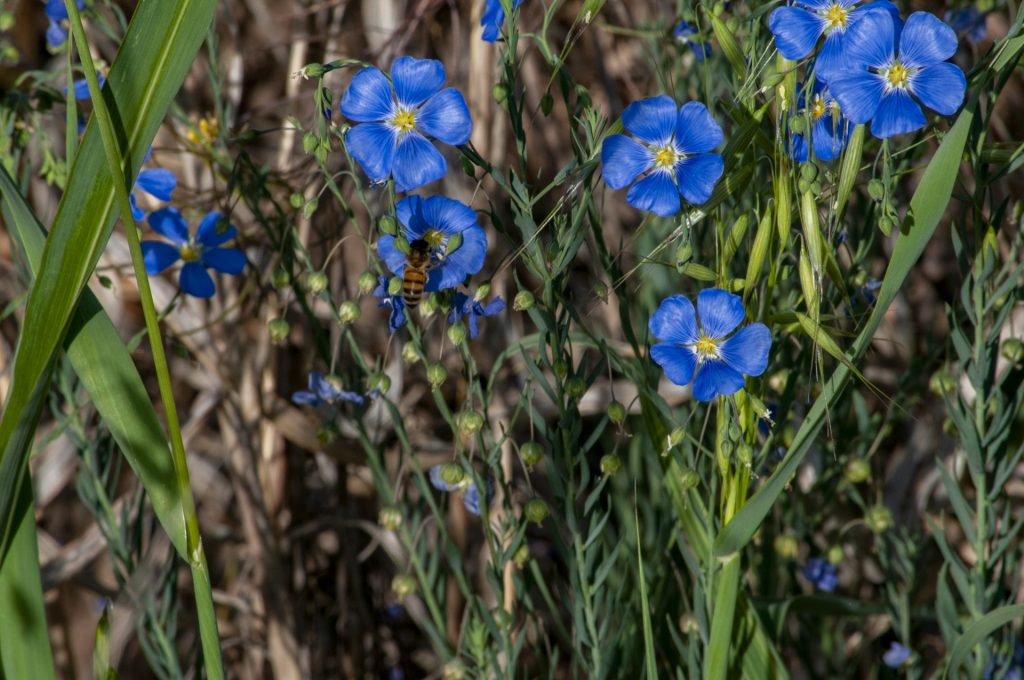
Marjona Xushvaqtova celebrates the beauty and energy of spring. Shamsiya Khudoynazarova Turumnova takes joy in the fact that winter is dissipating and warmth and growth are returning.
Anna Keiko’s paintings bring a bit of off-kilter color and joy to nature and childhood. Kylian Cubilla Gomez’s photography presents joyful, colorful images of childhood play.
Brian Barbeito conveys the comfort and nostalgia of a small town that seems forgotten by time. Nilufar Anvarova remembers a joyful morning listening to roosters and smelling basil in a country village. Sayani Mukherjee also finds joy in moss, trees, and thatched roof cottages in her piece “Earth’s Song.” In another piece, Brian Barbeito shares intuitions and reflections from a day of walking his dogs in the snow.
Shukurillayeva Lazzatoy translates a poem from Uzbek writer Alexander Faynberg lamenting human-caused environmental destruction and analyzes the literary elements present in much of Faynberg’s work.
Ibragimova Rushana discusses the effectiveness of online language learning programs. Shahnoza Ochildiyeva describes the science of translation and the contributions of Ozod Sharafiddinov to the field.
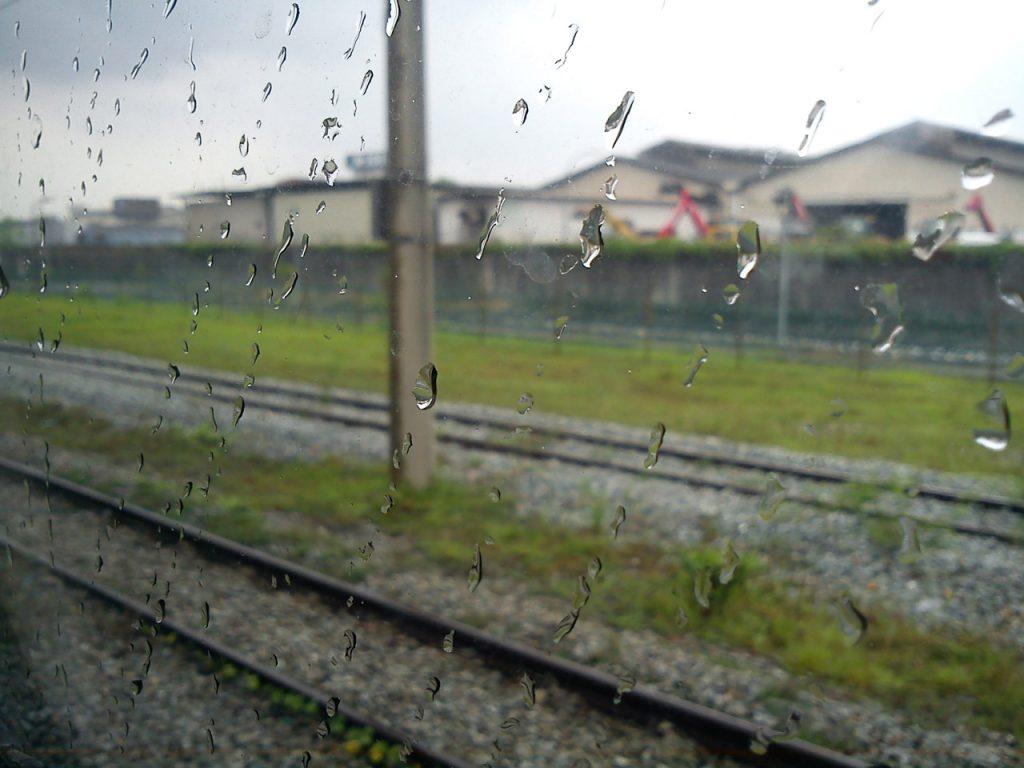
Shukurillayeva Lazzatoy translates a poem from Alexander Faynberg about always searching for a distant shore, as well as another Faynberg work about finding hope and strength to continue a long journey.
Stephen Jarrell Williams speaks to the shared journey of finding meaning throughout one’s life. Grant Guy contributes musings on relationships and the passage of time as Daniel DeLucie reflects on how time marches relentlessly for us all.
Azamat Abdulatipov highlights how Uzbekistan pays national attention to youth issues through their student development programs. Gulnozaxon Xusanova reminds us to celebrate youthful achievements.
David Sapp draws upon classical art and music to trace a man’s journey towards maturity. Alan Catlin views art and landscapes through the eyes of a variety of well-known international artists. Norman J. Olson seeks out art old and new in London and Italy.
Joshua Martin evokes the subconscious behind-the-scenes consideration of thoughts and sensations in text that reads more like code than writing. Vernon Frazer clangs words together into a street corner symphony. Mark Young’s “geographies” intertwine color, shape, line, and form in unexpected ways. Peer Smits creates abstract images where thick lines and stamps color white canvases, and where posters blur and dance into rippled reflections.
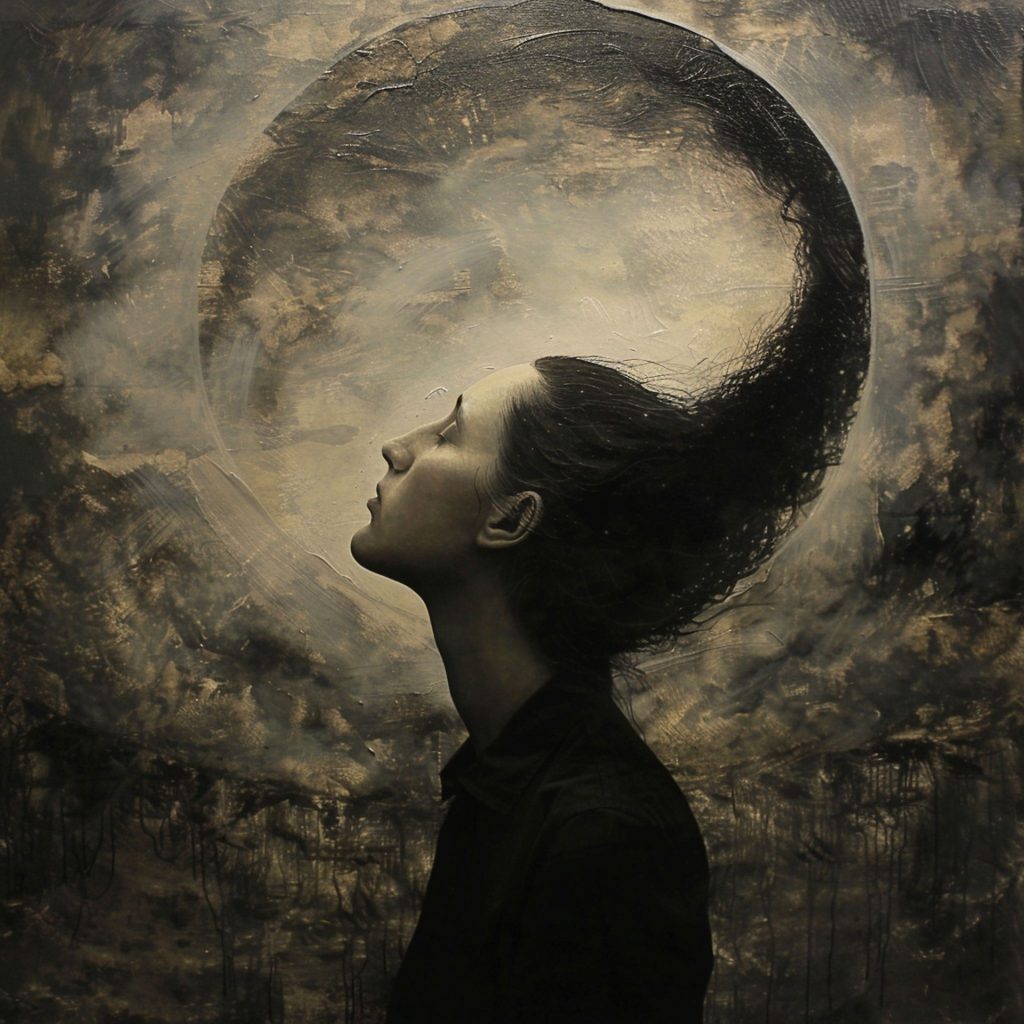
Mark Murphy illuminates the power of art and imagination to inspire people to claim agency in a world where much seems historically inevitable. Jasmina Makhmasalayeva urges people to form their own self-concepts apart from societal pressure.
Jacques Fleury posits a “resume” for a Black street thug in a way that troubles and questions stereotypes. Isaac Aju presents a tale of a brave student who stands up to institutional disrespect.
Taylor Dibbert highlights the need to write creatively for joy, not for money. Ivan Pozzoni’s work speaks to the struggles of the creative artist in a society dampening creative urges and to romantic love between people not afraid to live fully embodied and present.
Alaina Hammond’s play dramatizes the struggle of a young woman choosing between a steady and comfortable family life and the promise of passionate love. Natalie Bisso’s poem illustrates a tender and intense romantic attraction. Yusufjonova O’gilkhan’s tender short story explores the love between a brother and sister.
Duane Vorhees takes a lexical flight of fancy through nature and romantic attraction. Isabel Gomez de Diego’s photos weave together nature, romantic and family love, and religious devotion. Eva Petropoulou Lianou honors mothers through a poem translated to Arabic by Egyptian poet Ahmed Farooq Baidoon. Musurmunova Gulshoda honors parents, friendship, country and heritage, and teachers. Eva Lianou Petropoulou celebrates friendship and mutual respect among women.
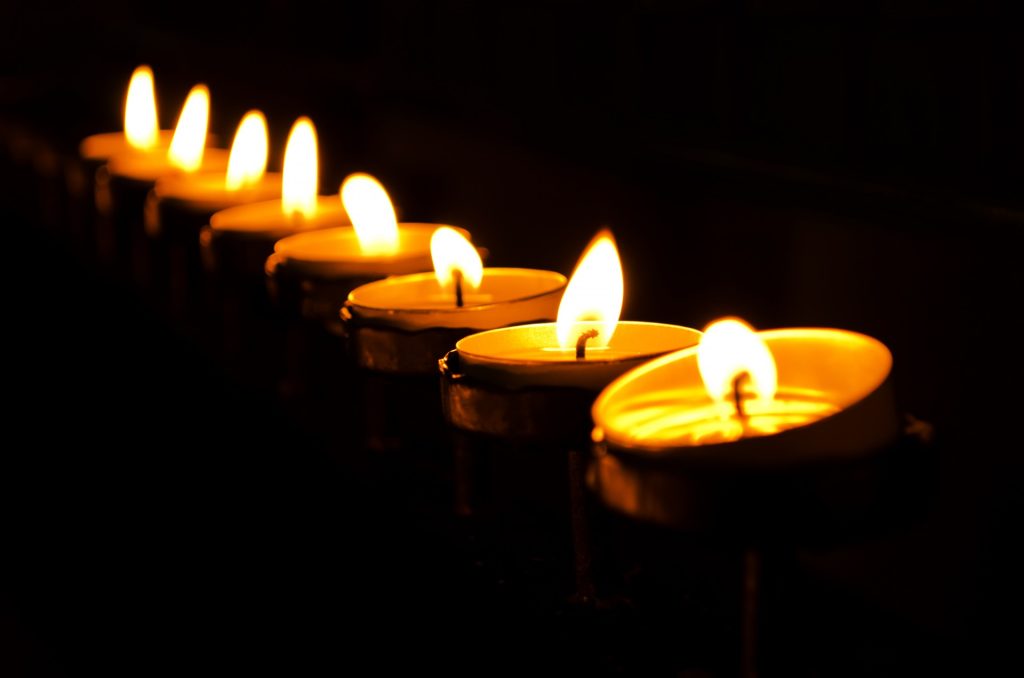
Poet Joseph C. Ogbonna references the love, comfort and solace he finds through his faith. French poet Timothee Bordenave speaks to his love for the faith-infused atmosphere of Paris.
Mesfakus Salahin speaks to a tender and poetic love, and also describes the joy of authentic love that does not match poetic expectations. Lilian Dipasupil Kunimasa also addresses true love as opposed to exploitation and how reaching maturity will help people figure out the difference, along with the need for universal compassion and empathy.
Kathleen Hellen highlights the fragility and tenuousness of the bonds that connect us. Bill Tope’s short story speculates on the many might-have-beens of a life cut tragically too short.
Mykyta Ryzhykh highlights the devastation of losing years of life to war and grief, blind but able to sense a tree losing leaves and a world that “still remembers the shape of our bodies.” Z.I. Mahmud analyzes the anti-war sentiment of Bertolt Brecht’s play Mother Courage and Her Children by showing how hardship and violence can change or flatten a person’s character and feelings. Umid Najjari’s poetry addresses war, love, loss, and grief.
Eva Petropoulou Lianou raises awareness of how domestic violence can start with control and possessiveness before physical assault. Mahbub Alam writes of his concern for his homeland of Bangladesh where women and girls face rape and assault. Linda S. Gunther’s short story deals with a woman recovering from and reclaiming her self-esteem after a breakup with a powerful man.

Orinbayeva Dildara reflects on how love has inspired her poetry, but not brought her happiness. Murodillayeva Mohinur expresses the rage and pain caused by betrayal. J.J. Campbell’s work captures ennui and frustration within lonely suburbs.
A fresh installment of Grzegorz Wroblewski’s poems, translated from Polish to English by Peter Burzynski, arrives with surreal and strangely humorous disillusionment about modern society and life in general. Naaman Al-Gharib laments how the modern intellect has descended into petty selfishness and solipsism rather than expansive thought.
Poet Pat Doyne speaks to history’s cycles repeating in the modern world and how easy it is to lose hard-won liberties. Daniel De Culla lampoons and apes Donald Trump in a satirical romp.
Sharipov Dilshod Bakhshullayevich outlines how to maintain one’s sanity and civility in a world that can test your patience. Maja Milojkovic relates how she’s mindfully and carefully maintaining her wisdom and kindness and how she urges the world to do the same, as Mirta Liliana Ramirez shares how she’s choosing the most uplifting and thoughtful memories from all of her past to help her move forward to the future.
We hope that Synchronized Chaos, while challenging your mind and heart and broadening your horizons, also serves as a kind of sanity break.
*********
Poetry from Marjona Xushvaqtova
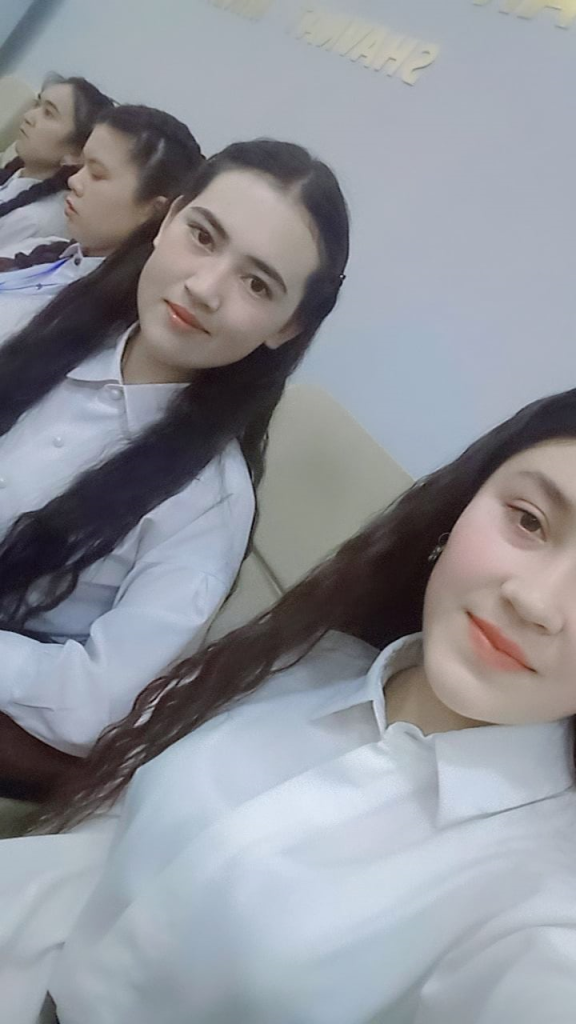
Spring! We waited for you when we were children, We used to run down the hill, Blue-green grass is the strangest corner, Bud reminded you today. We would build a tent out of grass, What a hero Clouds was. We made wreaths, beautiful, Your beauty was also a gem. When I think about it, I don't appreciate you. I will not laugh with you when the time comes. I didn't become your daughter, Marjon, I don't feel you com, spring... Spring...
Marjonabanu Khushvaktova was born on June 13, 2004 in Kokdala district of Kashkadarya region. Currently, she is a 2nd year student of Shahrisabz State Pedagogical Institute. Her creative works are in “Taloktepa tolei” , “Taloktepa tolei” selection book and “The smart youth of Uzbekistan”, “Raven Cage Zine”, “Page 3 News”, “Youth of Uzbekistan” “Yoshlar bayozi” and has been published in many international books, magazines, newspapers and anthologies, and is the owner of many diplomas and certificates.
Essay from Ibragimova Rushana

Effectiveness of Online Language Learning Platforms
Ibragimova Rushana Bobomurod daughter
Shakhrisabz State Pedagogical Institute
4th stage student
Abstract
The rise of online language learning platforms has transformed traditional approaches to language acquisition by offering learners increased flexibility, accessibility, and a range of interactive resources. This paper examines the effectiveness of these platforms, highlighting their advantages, such as the ability to learn at one’s own pace, the use of gamification, and access to native speakers and authentic materials. However, challenges such as the lack of personalized feedback and potential issues with learner motivation and accountability are also discussed. The paper finds that while online language learning platforms can be highly effective for motivated and disciplined learners, they are most beneficial when used as a supplementary tool in a blended learning approach.
Introduction
The advent of the digital era has revolutionized various aspects of human life, and education is no exception. Online language learning platforms have emerged as popular tools for acquiring new languages. Platforms such as Duolingo, Babbel, and Rosetta Stone have become popular due to their convenience, affordability, and innovative use of technology. These platforms offer learners flexibility, convenience, and access to a wide range of resources that are often not available in traditional classroom settings. This paper aims to explore the effectiveness of online language learning platforms, focusing on their advantages, potential drawbacks, and overall impact on language acquisition.
Advantages of Online Language Learning Platforms
One of the primary benefits of online language learning platforms is their accessibility and flexibility. Unlike traditional classroom settings, online platforms allow learners to study at their own pace and according to their own schedules. This flexibility is particularly beneficial for individuals who may have full-time jobs, family responsibilities, or other commitments that prevent them from attending regular classes. Platforms like Duolingo, Babbel, and Rosetta Stone provide learners with the opportunity to practice language skills anytime and anywhere, as long as they have an internet connection. Moreover, online language learning platforms often employ interactive and engaging methods to teach languages. These platforms use a combination of text, audio, video, and interactive exercises to enhance the learning experience. For example, Duolingo incorporates gamification elements, such as points, levels, and challenges, to motivate users and keep them engaged. Studies have shown that incorporating interactive elements in learning can significantly enhance knowledge retention and comprehension (Zarzycka-Piskorz, 2016).[1] By offering varied and interactive content, online language learning platforms cater to different learning styles, making language acquisition more effective. Another significant advantage of online language learning platforms is the access to native speakers and authentic language materials. Many platforms offer features that allow learners to connect with native speakers for practice, either through text chat, voice calls, or video calls. Websites like iTalki and Tandem enable learners to find language exchange partners or tutors, providing an immersive experience that is crucial for developing speaking and listening skills. Additionally, online platforms often include real-world content, such as news articles, videos, and podcasts, allowing learners to engage with the language in authentic contexts.
Challenges and Limitations
Despite their numerous advantages, online language learning platforms also have some limitations. One of the main challenges is the lack of personalized feedback. In traditional classroom settings, teachers can provide immediate, tailored feedback to students, which is essential for correcting mistakes and improving language skills. However, online platforms often rely on automated systems that may not always accurately assess nuanced language use or provide detailed explanations for errors. While some platforms do offer access to human tutors, these services often come at an additional cost, which may not be affordable for all learners. Another limitation of online language learning platforms is the potential for reduced accountability and motivation. Learning a language requires consistent practice and dedication, and some learners may struggle to maintain motivation without the structure and accountability provided by a classroom environment. The flexibility of online platforms, while advantageous, can also lead to procrastination and irregular study habits. Research has indicated that learners who lack self-discipline may find it challenging to progress in online learning environments (Kizilcec, Pérez-Sanagustín, & Maldonado, 2017).[2]
Evaluating Effectiveness
The effectiveness of online language learning platforms depends on several factors, including the learner’s goals, learning style, and level of self-discipline. Studies have shown that learners who are highly motivated and disciplined can achieve significant progress using online platforms. For example, a study conducted by Vesselinov and Grego (2012)[3][4] found that users of the Duolingo platform made substantial gains in their language skills, equivalent to a semester of university-level language study. However, the same study noted that dropout rates were high, suggesting that not all learners find online platforms suitable for their needs. It is also important to consider the role of online platforms as a supplementary tool rather than a replacement for traditional language learning methods. Many language educators advocate for a blended learning approach, combining online platforms with in-person classes or other interactive methods. This approach leverages the strengths of both online and offline learning environments, providing learners with a more comprehensive and effective language learning experience.
Conclusion
Online language learning platforms offer a flexible, accessible, and engaging way to learn languages, making them a valuable resource in the modern educational landscape. They provide learners with the opportunity to practice language skills at their convenience and offer a variety of interactive and authentic materials. However, these platforms also have limitations, including the lack of personalized feedback and potential challenges with motivation and accountability. The effectiveness of online language learning platforms ultimately depends on the individual learner’s goals, discipline, and commitment. As technology continues to evolve, these platforms will likely become even more sophisticated, providing enhanced features and more personalized learning experiences. For now, they serve as a powerful tool that, when used effectively, can significantly enhance language acquisition.
References
1.Kizilcec, R. F., Pérez-Sanagustín, M., & Maldonado, J. J. (2017). Self-regulated learning strategies predict learner behavior and goal attainment in Massive Open Online Courses. Computers & Education, 104, 18-33.
2.Vesselinov, R., & Grego, J. (2012). Duolingo Effectiveness Study. City University of New York.
3.Zarzycka-Piskorz, E. (2016). Kahoot it or not? Can games be motivating in learning grammar? Teaching English with Technology, 16(3), 17-36.
[1] Zarzycka-Piskorz, E. (2016). Kahoot it or not? Can games be motivating in learning grammar? Teaching English with Technology, 16(3), 17-36.
[2] Kizilcec, R. F., Pérez-Sanagustín, M., & Maldonado, J. J. (2017). Self-regulated learning strategies predict learner behavior and goal attainment in Massive Open Online Courses. Computers & Education, 104, 18-33.
[4] Vesselinov, R., & Grego, J. (2012). Duolingo Effectiveness Study. City University of New York.
Ibragimova Rushana Bobomurod’s daughter. She was born on September 5, 2004 in Mubarak District, Kashkadarya Region. She has several international certificates. She can communicate fluently in English and Turkish. Currently, she is a 4th-year student of Foreign Language and Literature at the Shahrisabz State Pedagogical Institute.
Essay from Azamat Abdulatipov

Topic: “In New Uzbekistan, youth issues have been elevated to the level of state policy”
Author: Abdulaapipov Azamat Abdulazizovich
Chief Leader of the Tashkent City Branch of the Organization of Children of Uzbekistan
11th Grade Student of General Education School No. 186,
Shaykhontohur District, Tashkent City.
All over the world, youth are the continuators of all spheres of activity. Currently, the world’s population has exceeded 8 billion people, with about 20% being young people. In Uzbekistan, this figure exceeds 60%.
In 2016, an important document was signed for Uzbek youth. It was the first normative legal act signed by Shavkat Mirziyoyev as President of the Republic of Uzbekistan—the Law on State Youth Policy dated September 14, 2016. This law opened up significant opportunities for all the youth of Uzbekistan. Since more than half of the country’s population consists of young people, the consistent implementation of youth policy has become a crucial factor in Uzbekistan’s entry into the ranks of the most developed countries in the world. This is well understood by the country’s leadership and government.

When talking about attention to youth in our country, one cannot forget the figures of the Jadid movement who lived during the era of Turkestan, such as Gulom Zafarij, Munavvar-kori Abdurashidkhanov, Abdulla Qadiri, Abdurauf Fitrat, Iskhakhan Tura Ibrat, Abdulla Avloni, Abduhamid Chulpon, and Mahmukhodja Behbudi. They promoted knowledge among the youth of Turkestan. Our President speaks about these ancestors as follows:
«The new schools, theaters, libraries, museums, newspapers, and magazines created by the Jadids, as well as charitable societies that sent children from Turkestan abroad for education, awakened our people from centuries of slumber and gave a powerful impetus to the national liberation movement,» says President Sh. Mirziyoyev.
Today, youth policy, issues concerning youth, protection of their rights and interests, and the upbringing of well-rounded, energetic young people are defined as a priority direction for all state bodies and ministries in Uzbekistan.
In Uzbekistan, based on the principle of «Youth Balance,» youth are divided into three categories: «good,» «average,» and «difficult.» It is important to note that youth from the «difficult» category do not go unnoticed. On the contrary, the state pays special attention to them, providing support and involving heads of ministries, departments, khokims (governors), and leaders of all divisions who are assigned to such young people, treating them as their own children. They listen to their problems and help resolve socio-economic issues.

To raise independent and patriotic young people who can use the internet rationally, training centers for «Digital Technologies» have been established in all regions. The state views the opportunities provided to youth and the funds allocated not as expenses but as investments in the future of the country.
In 2019, the President proposed «5 Initiatives» covering five important areas that played a significant role in the fate of youth. For example, gifted young people receive a car as a presidential prize by winning one of the contests. The implementation of these 5 initiatives marked a new milestone in the history of youth education in Uzbekistan. Additionally, young women have been given opportunities to engage in entrepreneurial activities thanks to financial resources allocated by the state, which has become another incentive for them.
At the initiative of the President, children of law enforcement officers can enter universities on state grants without entrance exams and are provided with all necessary conditions.
A fund called «Youth – Our Future» has been established to finance youth business initiatives, startups, ideas, and projects.
To support people with disabilities and low-income families in need, a system called «Unified Social Protection Registry» has been created. Additionally, «National Agency for Social Protection,» «Iron Book,» and «Women’s Book» have been introduced to address the problems faced by needy families.

Youth who are unemployed receive financial support through the «Youth Book» program to acquire desired professions. It should be noted that in the «Action Strategy» for five priority areas of development of the Republic of Uzbekistan from 2017 to 2021, special attention was given to youth issues. In particular, the protection of youth rights was designated as one of the main tasks.
In Uzbekistan, youth is viewed not as a «problem» of society but as a powerful force driving the country’s development, a strategic resource for the state. As a result, today educated, progressive-thinking, principled young people are becoming an increasingly important driving force for the future of the country.
An Agency for Youth Affairs has been established in the republic to develop and implement youth policy. This agency actively works on and develops new projects and initiatives aimed at benefiting the youth. It has become a support system for young people living in the country. Today, the agency sets ambitious goals and, with the trust of the state, works at the grassroots level—in villages, towns, districts, and regions. Now, advisors to khokims and youth leaders in mahallas provide support for their development.

In the modern era, the youth of Uzbekistan can read books online, learn foreign languages remotely, and acquire professions through online courses. The Children’s Organization of Uzbekistan is engaged in activities aimed at the active participation of children in public life, despite their young age. Members of this organization, known as leaders, can hold positions at the level of class, school, district, region, city, and republic. School students can become leaders, which allows them to grow as future political figures and gain deep knowledge. Leadership is an important process. Students who go through leadership activities can occupy high state positions in the future.
On the international stage, Uzbekistan is recognized as one of the fastest-growing countries in the field of youth policy. The country has entered the top ten states participating in the implementation of the UN strategy «Youth Strategy – 2030.» Furthermore, Uzbekistan’s capital, Tashkent, has been declared the youth capital for the first time in the CIS.
Thus, the youth of New Uzbekistan continues to inherit the strength, knowledge, and initiative of their ancestors, such as the great mathematician al-Khwarizmi, scholar and engineer Ahmad al-Fergani, hadith scholar al-Bukhari, philosopher al-Farabi, encyclopedic scholar al-Biruni, physician Avicenna, poet Alisher Navoi, statesman Amir Timur, and many others. The youth of New Uzbekistan continues to strive for development and the construction of a prosperous future for the country.
Dylan Thomas Poetry Contest Information
We are ready to celebrate DYLAN THOMAS’ DAY again.
Here is the link to DYLAN THOMAS’ new website for the 2025 celebration.
https://shininglanternsfordylanday2025.jimdofree.com/
In the section GENERAL INFORMATION-CONTACTS you can find all you need to know. Starting from the text of Dylan Thomas’ poem SHOULD LANTERNS SHINE, this year’s suggested themes are 2:-LIGHT CAN WIN DARKNESS-NOSTALGIA FOR CHILDHOOD TIME LONG GONE. You can choose one of these themes or you can send your works as “responses” to the Poet’s words:
https://quotes.thefamouspeople.com/dylan-thomas-245.php
Please send your contributions with your 4 lines biography to:
Date limit: MAY 10.
